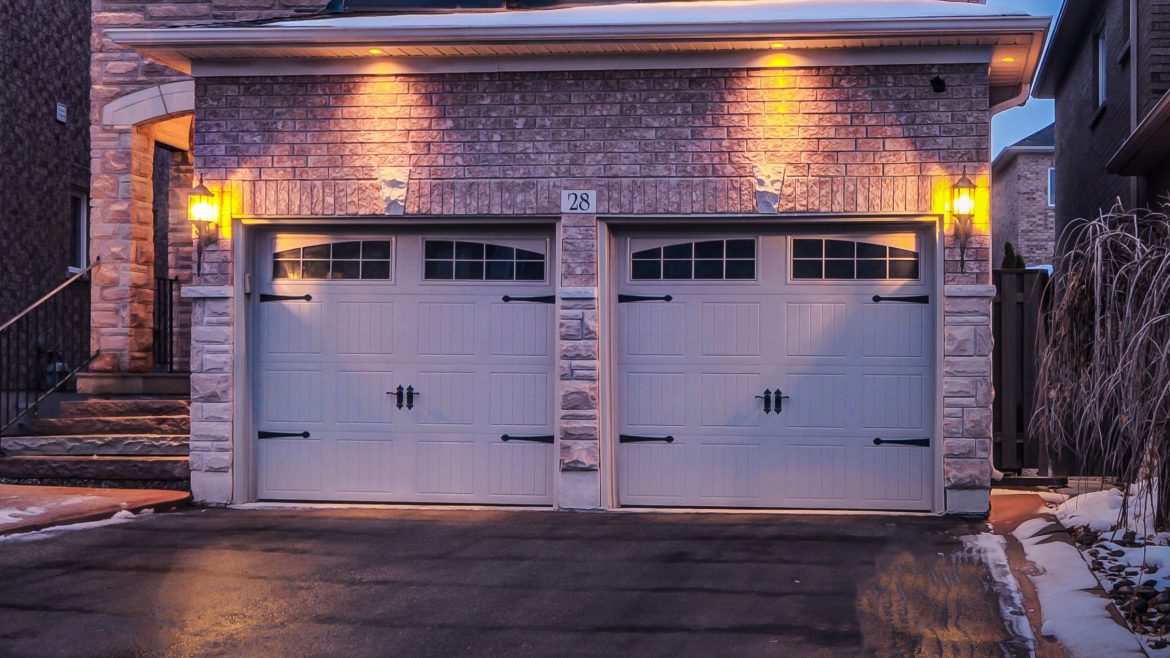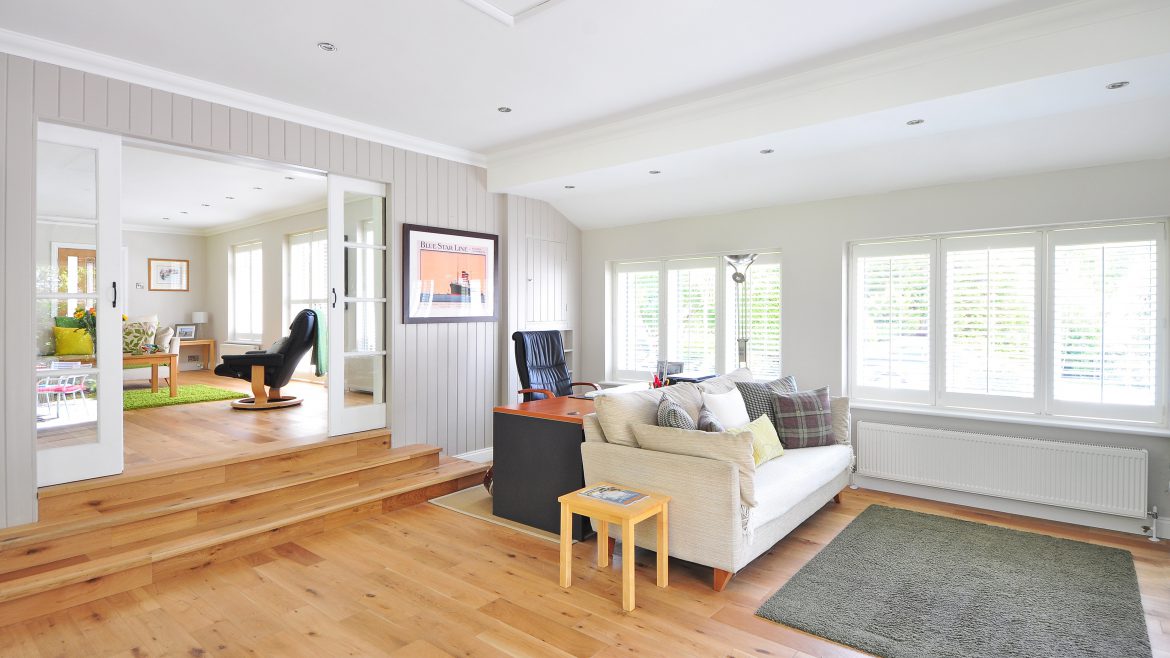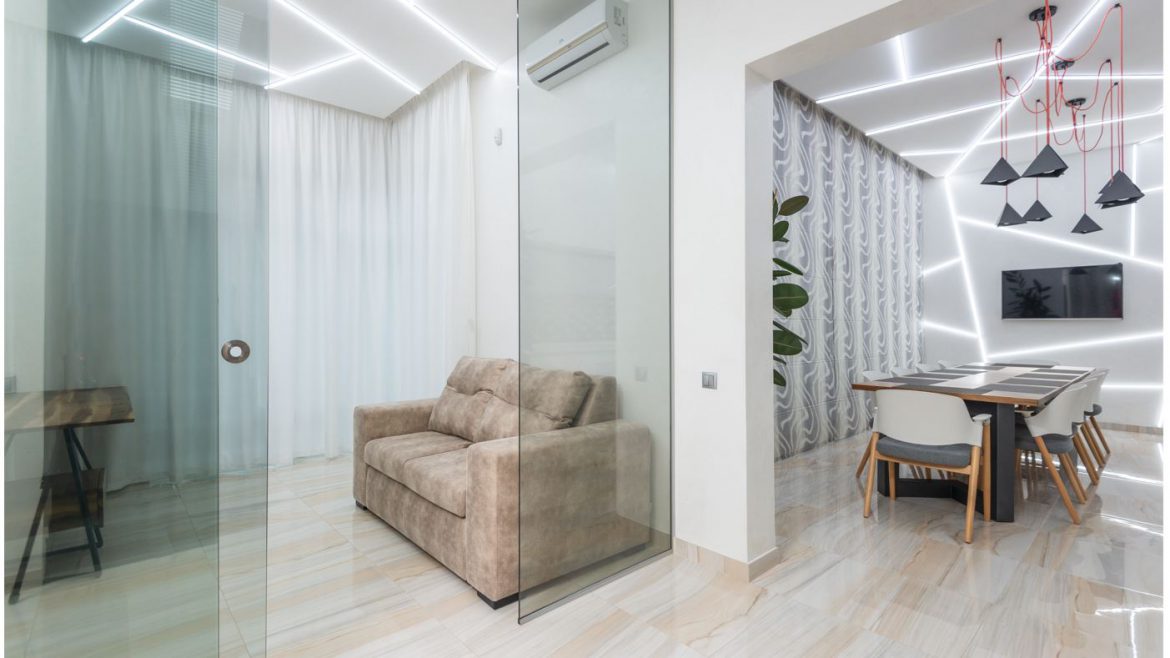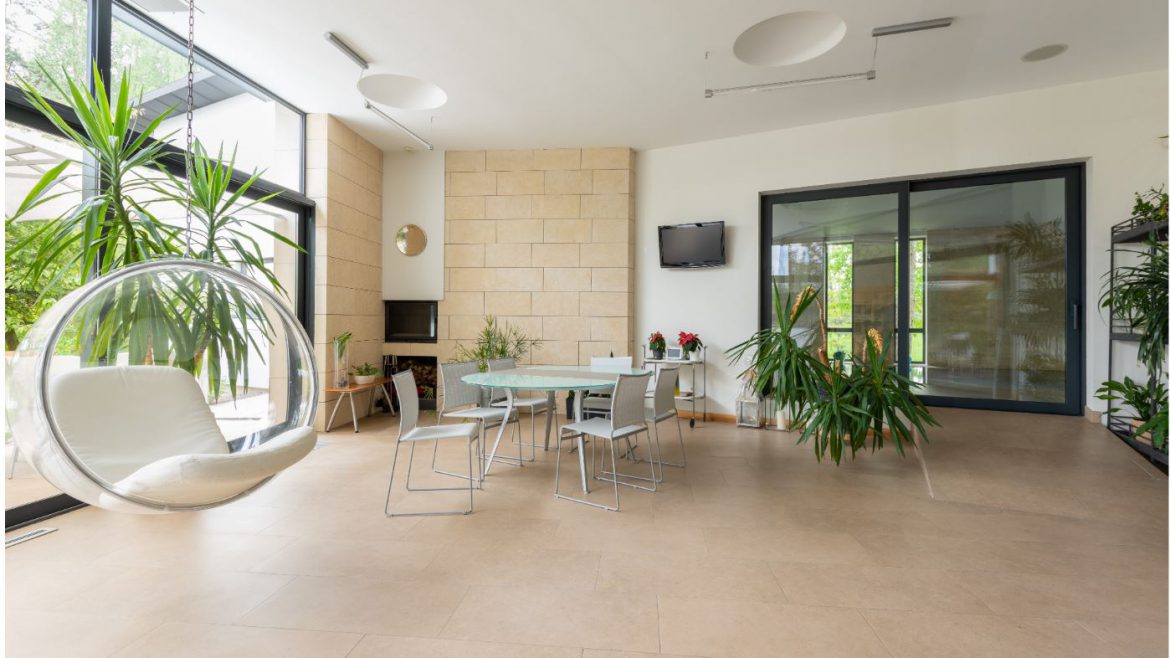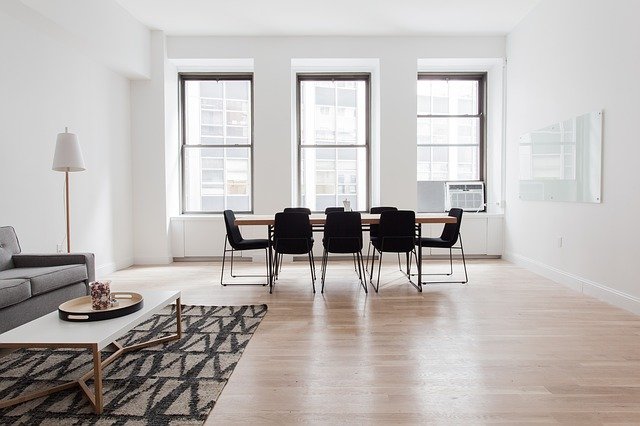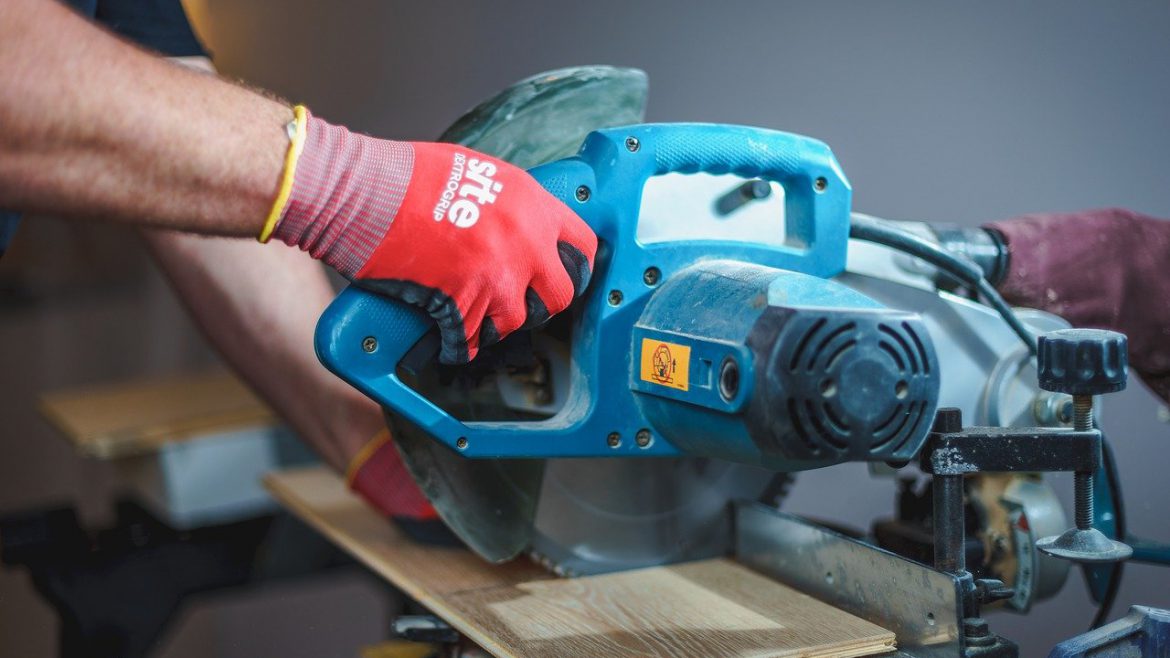Sell or renovate?
https://imaginahome.com/wp-content/uploads/2018/08/the-entire-mortgage.jpg 825 582 Nisha Muire Nisha Muire https://secure.gravatar.com/avatar/09971b406125a2f92a37bf65b08fd3c3?s=96&d=mm&r=gToronto homeowners know that they live in a hot real estate market. The natural question then is: what is best – renovating their existing home or selling to buy a property with more of the features they want?
Evaluate options
One way to help you decide is to list the pros and cons of your current home. Some questions to help you make this list are:
- Do you like your home?
- Is it in a good location?
- Do you have a big backyard?
- Is there room to expand its footprint?
- Are bones good?
- What is it missing to make it perfect for you?
- What can you live with?
- What do you absolutely want?
If you have a long commute to work, or there is more work to be done than you realistically want to take on, then it might be worth selling. However, if you like your neighbourhood and are basically happy with your property, then it is worth renovating.
Budget
Renovations are always more expensive than you realize. And, often the 10% contingency that is worked into the budget is not enough – whether it is due to an unexpected issue or because you change your mind along the way. It is better to budget anywhere from 20-35% extra for contingencies.
Create a realistic budget for your renovations. Price out the materials, the fixtures, the contractors so that you are aware of what you can expect. If you don’t have a realistic budget then you can find yourself in a very stressful situation financially.
Time
Renovations take time. And, they typically take more time than you anticipated. You will be living in dust, dirt and confusion for whatever time it takes for your home to be ready. You will have to prepare mentally to put up with the chaos for the duration of the renovations.
If you are well prepared for a reno, then it can be very rewarding. Transforming a property you already love into exactly what you’ve always wanted is exciting. However, if there are major aspects of the home that you dislike and which cannot be changed, then you are probably better off using your renovation money to fund the purchase of a new home.


